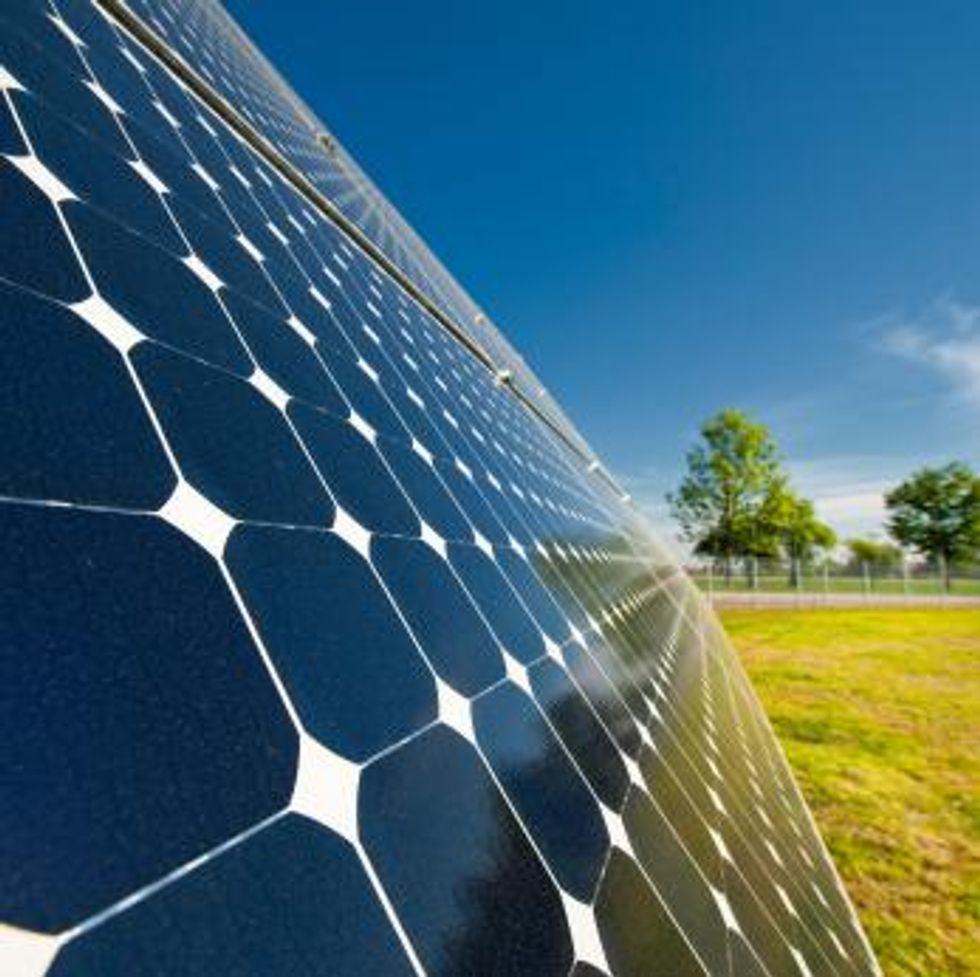New Solar Power Initiatives May Boost Silver Prices
China and Japan’s plans to increase their solar generation capacity in the near future could give silver prices a significant price boost.
Most silver market players have long since resigned themselves to the fact that the white metal’s average price for the year will likely be significantly lower than was initially expected — back in April, HSBC (NYSE:HSBC) cut its 2013 silver outlook to $26 per ounce from $33, while earlier this month Canaccord Genuity reduced its 12-month forecast to $23 per ounce from $32.50.
However, if recent reports from China and Japan are to be believed, silver may be poised to benefit from an unexpected source of demand: the solar power industry.
China and Japan step up
Though silver is perhaps best known as an investment tool, it is not without other sources of demand, one of which is the solar industry.
In an article published last week by Casey Research, Jeff Clark, senior precious metals analyst at the firm, notes that while photovoltaic technology, the backbone of the solar industry, did not begin registering on silver demand charts until the turn of the millennium, the amount of silver consumed by solar panel makers has risen approximately 50 percent per year since that time.
Currently, it accounts for 5.6 percent of all industrial silver use, but, as mentioned, two factors mean that amount may be set to increase.
The first is the fact that on July 4, China’s State Council said it will stand behind a plan, originally put forward by the nation’s State Grid, to raise China’s solar generating capacity to 35 gigawatts (GW) by 2015. That is 67 percent higher than the previous target of 21 gigawatts (GW) and will mean a yearly addition of 10 GW from 2013 to 2015, according to Clark.
Second, Japan, China’s western neighbor, will increase its solar generation capacity by about 5.3 GW this year, David Franklin and David Baker state in a Sprott’s Thoughts report. Also this year, the country’s domestic solar power market is expected to reach $19.8 billion, meaning that it will pass Germany as the world’s largest solar market.
Potential market impact
The key question, of course, is exactly how much impact these factors will have on the silver market as a whole.
Franklin and Baker give a clear outline of their likely effects, stating that as per information from the Silver Institute, making 1 megawatt of electricity requires up to 2.8 million ounces of the white metal. If China and Japan end up increasing their solar generation capacity by as much as they currently plan — a combined total of about 27 GW — together they will require around 91 million ounces of silver. That’s up to 11 percent of global mine supply by 2012 numbers, a fairly sizeable amount.
Looking longer term, they point out that silver used in solar panels cannot be recycled; once it is used, it is gone forever. That means solar generation has the potential to put ever-increasing pressure on the silver market, particularly if other countries follow China and Japan’s lead in upping their solar generation capacity.
What’s an investor to do?
Franklin, Baker and Clark all appear to agree that the silver market could benefit significantly if all goes as expected in China and Japan. However, those who are not yet convinced should consider watching future silver price forecasts to see whether they take the two countries’ plans into account; Franklin and Baker state that so far no 2013 silver price forecasts have incorporated these announcements.
Investors who are ready to leap into the market might take a leaf out of Clark’s book — he finishes his article by emphatically advising investors to “buy silver now.”
Securities Disclosure: I, Charlotte McLeod, hold no direct investment interest in any company mentioned in this article.




